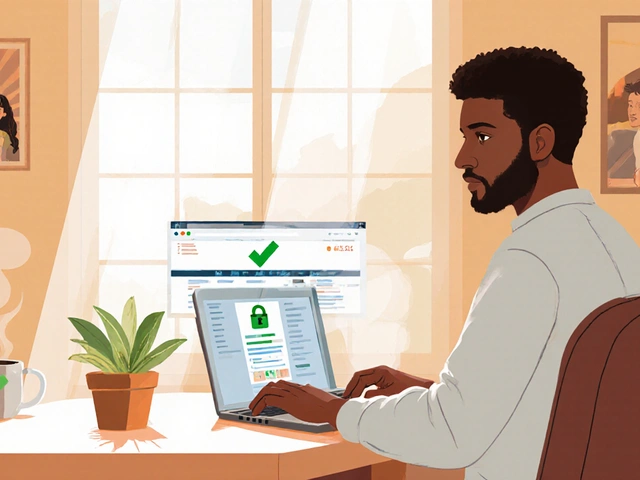Spironolactone Side Effects: What Actually Happens?
Take spironolactone and you’ll want the real story on side effects—fast, clear, and no scare tactics. Maybe your doctor suggested it for high blood pressure, stubborn acne, or hormone issues. No matter why, there’s one thing on your mind: what might you feel and how bad could it get?
The most common “hello, I’m here!” from spironolactone? Peeing more. This med’s a diuretic, so your bathroom trips might triple, especially in the first week. A bit annoying if you’re out and about, but mostly harmless. Stay hydrated and your body will usually adjust soon.
Don’t be surprised if you get muscle cramps or notice a strange feeling in your legs. That’s your potassium talking. Spironolactone keeps potassium in your body, which is good—until it’s not. High potassium (hyperkalemia) sometimes feels like weakness, sluggish heartbeat, or even trouble breathing. Blood tests early on keep you safe. Got heart or kidney trouble? You’ll need to be extra careful and listen to your doc about check-ups.
Sometimes, spironolactone throws your hormones for a loop. Guys might see tender breasts or less facial hair. Women could get irregular periods or cycle changes—sometimes even stopping your period for a bit. Most symptoms ease up after a month or so, but it’s worth mentioning if it messes with your routine or you feel “off.”
Other weird but possible side effects? Mild headaches, feeling dizzy when you stand up too fast, or an upset stomach. Food with this med helps the tummy. If you’re still queasy or the headaches get rough, flag it to your prescriber.
Most folks hear horror stories online, but severe issues like liver problems, rashes, or breathing trouble are rare. Still, if you see dark urine, yellow skin, or sudden swelling, that’s your “go to the ER, not Google” moment.
Mixing spironolactone with other meds can spell trouble, especially other diuretics, blood pressure pills, or potassium boosters (like in salt substitutes). Throw your med list at your doctor or pharmacist—they’ll spot any nasty combos fast.
If you’re weighing spironolactone against other options, consider this: for acne, it’s trusted when antibiotics don’t cut it. For high blood pressure or heart failure, it can make a noticeable difference, provided you’re on top of side effects.
So, what should you do now? Stay aware, get lab checks when your doctor asks, and keep a little calendar of any changes—good or bad. Most people find it’s manageable, especially after the first few weeks. Chase practical tips, not horror stories, and focus on what works for your body. If you’re ever unsure, talk to someone who actually knows the meds, not just the message boards.

Spironolactone and Alcohol: Dangers, Drug Interactions, and Dizziness Explained
Ever wondered why mixing spironolactone and alcohol leaves you feeling more dizzy than usual? This detailed guide digs into how both affect your body, why their combination spells trouble, and what the heck pharmacodynamics means in everyday terms. We’re separating myths from facts, showing you the risks that sneak up when these two collide. You’ll even get real tips to stay safer, smarter, and upright.




